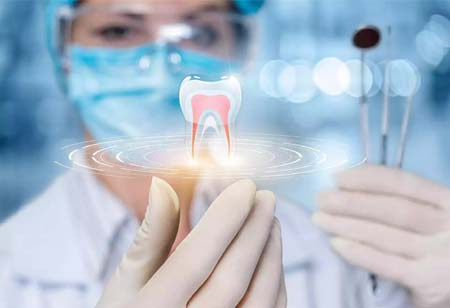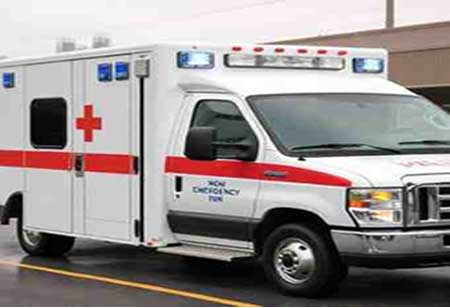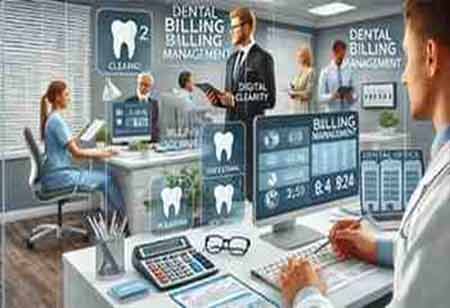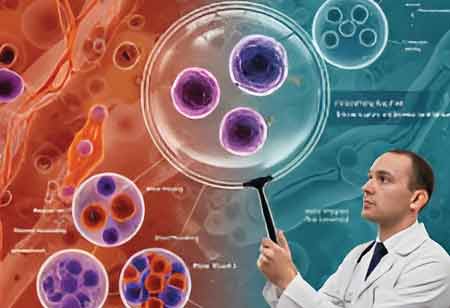Thank you for Subscribing to Healthcare Business Review Weekly Brief
Be first to read the latest tech news, Industry Leader's Insights, and CIO interviews of medium and large enterprises exclusively from Healthcare Business Review
Digital Tools and Customization in Dental Sleep Medicine
Dental Sleep Medicine (DSM) has emerged as a critical subspecialty within dentistry that focuses on the management of sleep-related breathing disorders

By
Healthcare Business Review | Thursday, September 26, 2024
Stay ahead of the industry with exclusive feature stories on the top companies, expert insights and the latest news delivered straight to your inbox. Subscribe today.
Dental Sleep Medicine (DSM) has emerged as a critical subspecialty within dentistry that focuses on the management of sleep-related breathing disorders, particularly obstructive sleep apnea (OSA) and snoring. As the understanding of sleep disorders evolves, dentists are becoming integral in the interdisciplinary approach to diagnosing and managing these conditions, alongside sleep physicians. The field has witnessed significant advancements in recent years, particularly in terms of training, treatment modalities, and technology integration.
With an increasing awareness of sleep-related health issues, the demand for professionals trained in DSM has surged. OSA affects approximately 22 million Americans, with many cases remaining undiagnosed. The consequences of untreated sleep apnea, such as cardiovascular diseases, stroke, diabetes, and cognitive dysfunction, highlight the urgent need for intervention. Dentists, with their knowledge of the oral and maxillofacial anatomy, are in a unique position to identify signs of sleep disorders and provide non-invasive treatments like oral appliance therapy (OAT).
As a result, many dental professionals are seeking specialized training in DSM to address this rising demand. Dental schools, continuing education programs, and professional organizations now offer more advanced and structured educational opportunities to equip dentists with the skills necessary to collaborate effectively with sleep physicians.
A growing number of institutions now offer formal training in DSM, ranging from weekend courses to full certification programs. Leading organizations such as the American Academy of Dental Sleep Medicine (AADSM), the American Sleep and Breathing Academy (ASBA), and the Academy of Clinical Sleep Disorders Disciplines (ACSDD) have developed comprehensive training curricula for dental practitioners.
The focus of these programs has shifted from basic knowledge of oral appliance therapy to more sophisticated concepts, including the diagnosis of sleep disorders, the use of technology in treatment planning, and the integration of DSM into clinical practice. Training programs are designed to equip dentists with the skills to recognize the symptoms of OSA, conduct sleep studies, and design custom oral appliances.
Certifications are becoming increasingly recognized as essential credentials for dental sleep specialists. The Diplomate status offered by organizations like the AADSM serves as a mark of proficiency in DSM, requiring candidates to complete rigorous coursework, clinical experience, and pass an examination. This formal recognition encourages dentists to pursue advanced knowledge and clinical expertise in managing sleep disorders.
Advances in digital technology have significantly impacted dental sleep training, making it easier for dentists to diagnose and treat sleep disorders. Digital tools like intraoral scanners, 3D imaging, and computer-aided design/ computer-aided manufacturing (CAD/ CAM) are now commonly incorporated into training programs. These technologies enable more accurate and efficient fabrication of custom oral appliances, which are crucial in the treatment of sleep apnea.
One of the latest developments is the use of telemedicine and remote monitoring in sleep medicine. Dental sleep specialists are now trained to utilize home sleep testing (HST) devices, which patients can use to conduct sleep studies in the comfort of their own homes. These devices allow dentists to monitor sleep patterns, measure airway resistance, and detect episodes of apnea or hypopnea. With advancements in data analytics, dentists can collaborate with sleep physicians to interpret these results, ensuring that the treatment plan is well-informed and patient-specific.






